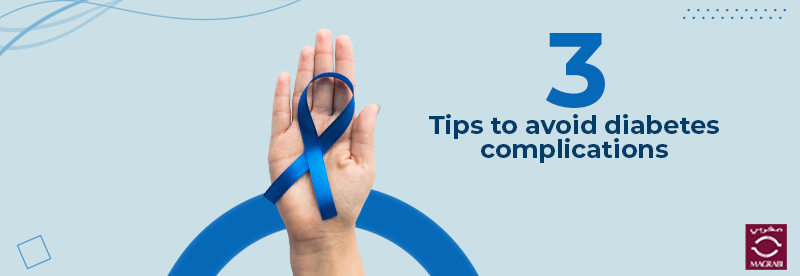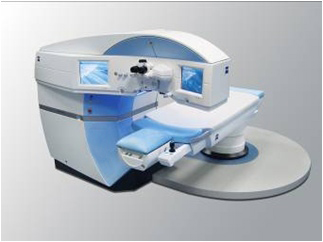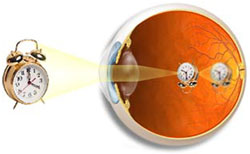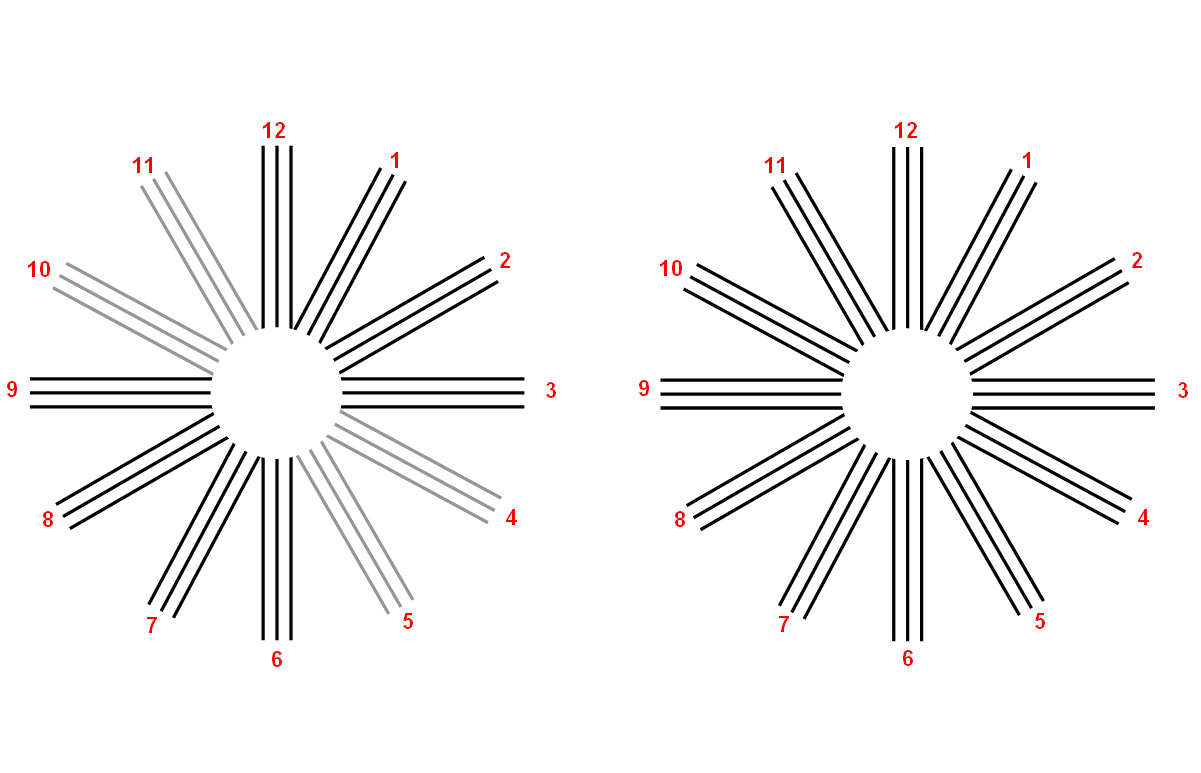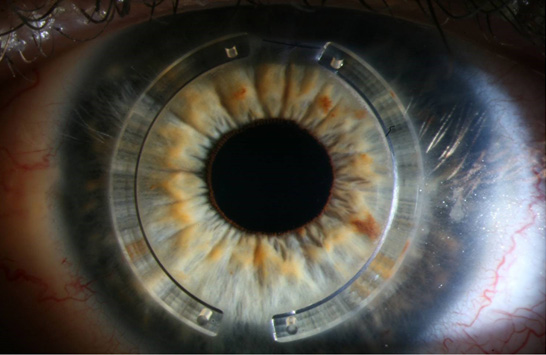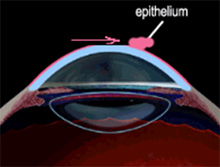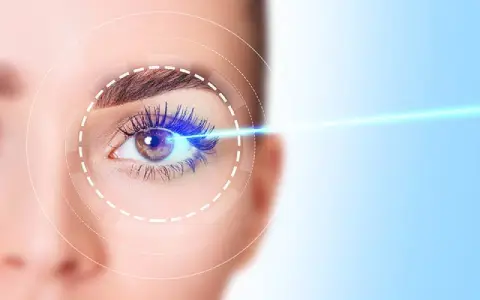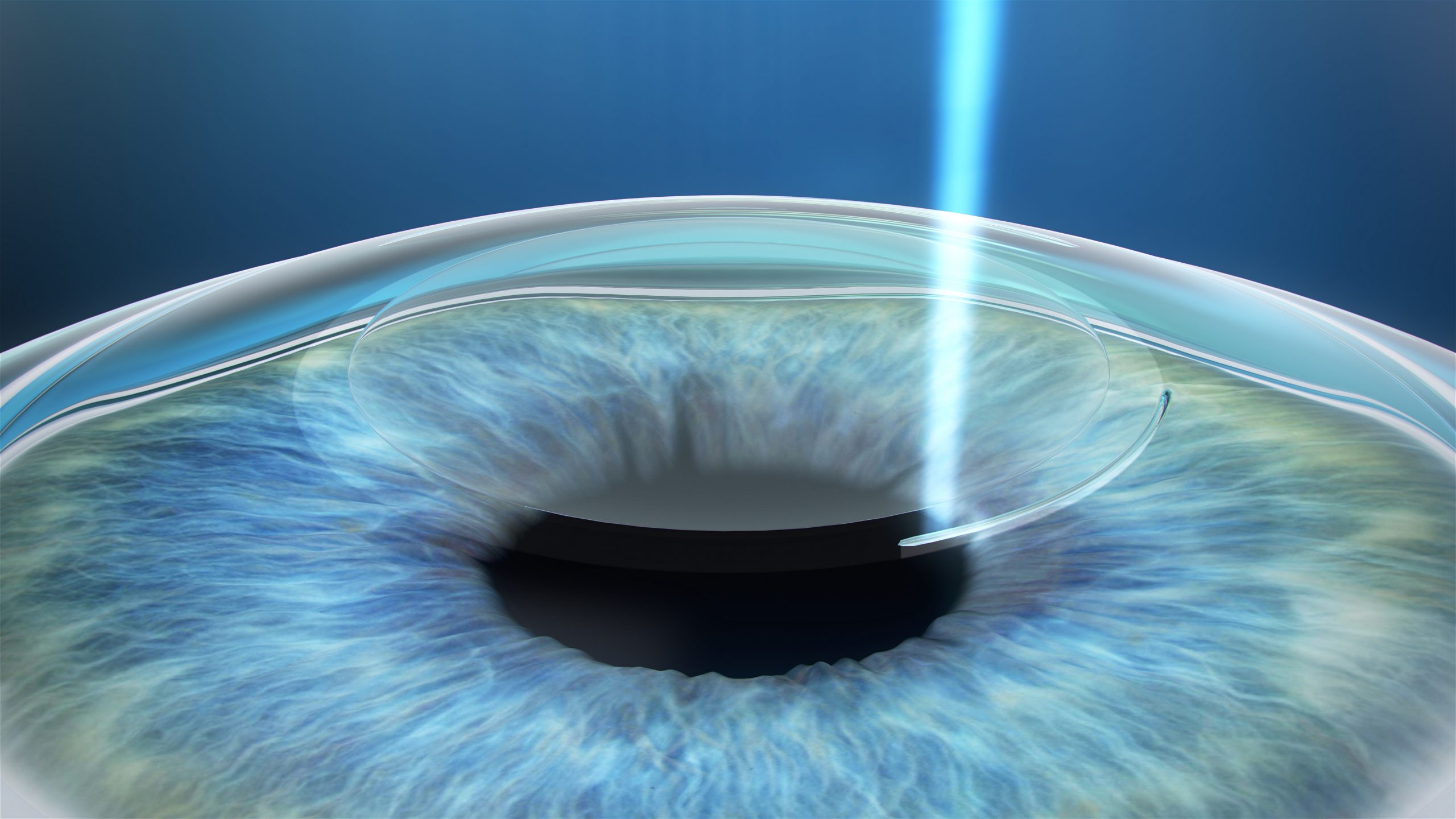Ministry Of Health Co. Magrabi
Social responsibility has always been a corner stone of Magrabi’s mission. We owe it to our communities especially with the current pandemic. With the government hospitals prioritizing Covid-19 patients and emergency surgical cases, many elective ophthalmology procedures were postponed. Magrabi volunteered to participate in reducing these ophthalmology surgical waiting lists of the ministry of health…
Read article

